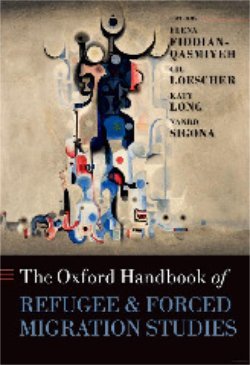Edited by Richard C.M. Mole
Europe is a popular destination for LGBTQ people seeking to escape discrimination and persecution. Yet, while European institutions have done much to promote the legal equality of sexual minorities and a number of states pride themselves on their acceptance of sexual diversity, the image of European tolerance and the reality faced by LGBTQ migrants and asylum seekers are often quite different. To engage with these conflicting discourses, Queer Migration and Asylum in Europe brings together scholars from politics, sociology, urban studies, anthropology and law to analyse how and why queer individuals migrate to or seek asylum in Europe, as well as the legal, social and political frameworks they are forced to navigate to feel at home or to regularise their status in the destination societies. The subjects covered include LGBTQ Latino migrants’ relationship with queer and diasporic spaces in London; diasporic consciousness of queer Polish, Russian and Brazilian migrants in Berlin; the role of the Council of Europe in shaping legal and policy frameworks relating to queer migration and asylum; the challenges facing bisexual asylum seekers; queer asylum and homonationalism in the Netherlands; and the role of space, faith and LGBTQ organisations in Germany, Italy, the UK and France in supporting queer asylum seekers.
London: UCL Press, 2021. 279p.





















